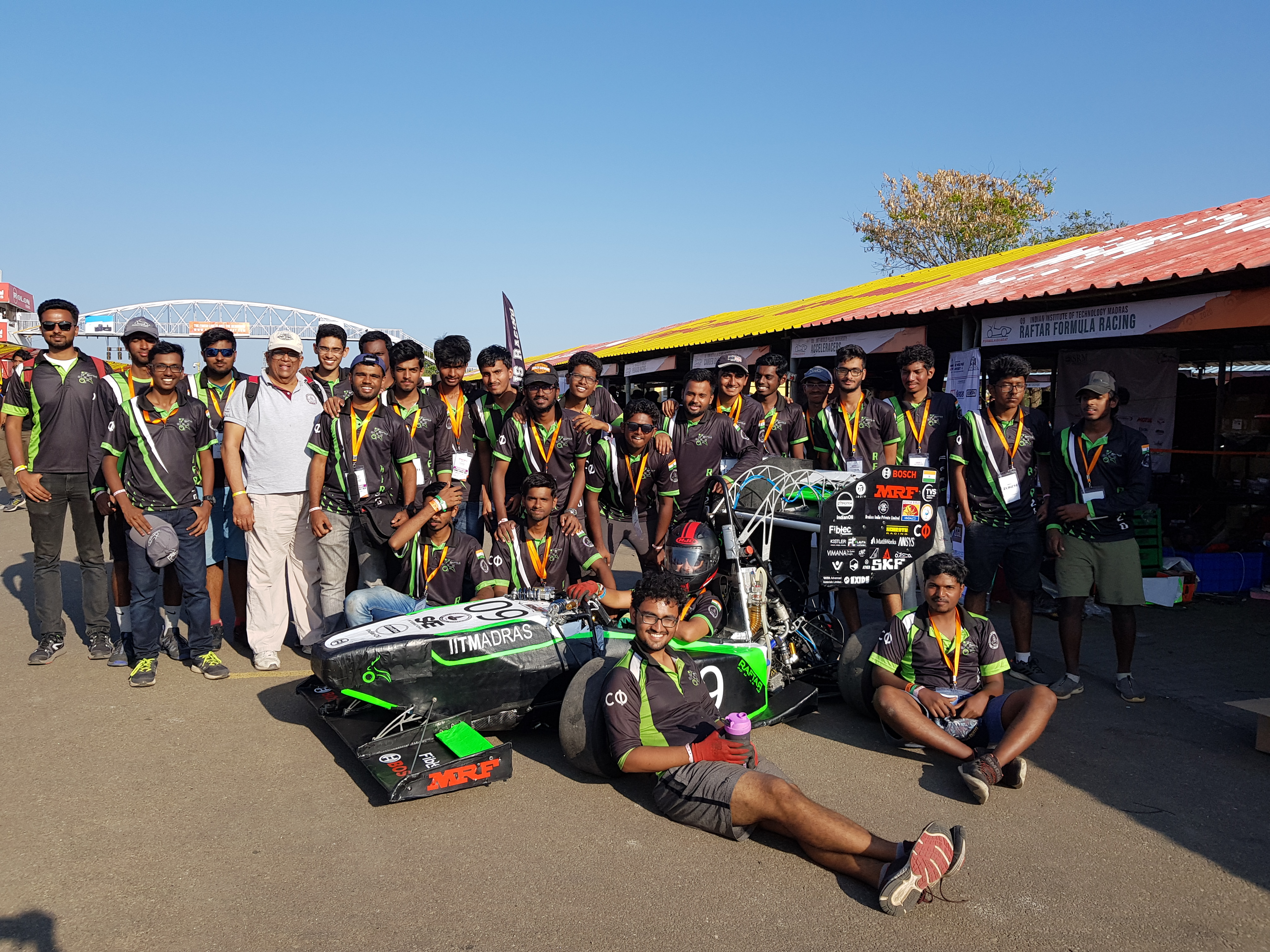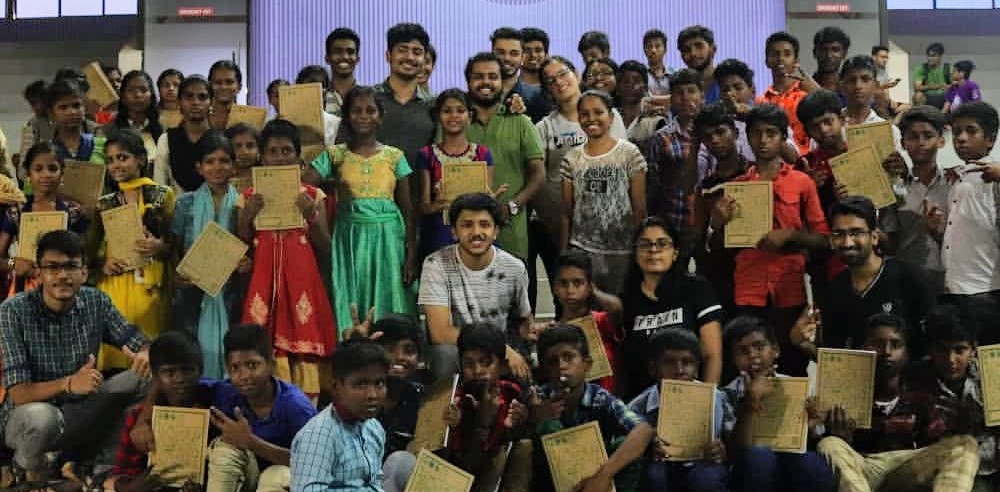It took me at least five attempts to get a steady line while calling Mr Bawa in Delhi. The connection being annoyingly scrambled, I could not understand a word he was saying. Three different numbers, two days, and several mail correspondences later, Mr Bawa continued to indulge my questions. Five minutes into the conversation, and my well-planned questions were thrown out of the window. Ever the charmer, Mr Bawa slowly painted a vivid picture of his time in insti – the early 60s.
With anecdotes, personal experiences, and plenty of humour, he made me nostalgic for a time that I had never lived through.
Mr Anand Singh Bawa was the first editor of the much-beloved Campastimes and was instrumental in setting up this brilliant magazine. When first asked about how the magazine was started, and how it all began, I could hear the wistfulness in his voice as he went back in time.
“I think it [Campastimes] just evolved – we thought we should have a paper and so, we should do something. We had already done an Annual Number in the past. I had edited the Annual Number previously as well. As things got going and we said let’s try and do a regular paper for the campus. Of course, it wasn’t the first of its kind, as other colleges and universities elsewhere did have magazines of their own. It was a time when so many activities were happening and evolving. And then somewhere along the line, we also spoke and formed the team. We had support from the faculty and the administration, who were quite supportive and wanted us to go ahead. I had a very warm relation with a professor in the Humanities section, Professor Klein (full name Dr N. Klein), who taught the German language. He agreed to become a focal point as well, from the faculty. And then it just developed. You must remember at our time we were a comparatively smaller group – so it was not a large campus like today.” The conversation had now moved on to the number of students on campus, and just how different it was in the beginning.

A far cry from the 10,000 odd students who inhabit the campus today, the early batches had around 110-120 students in total, across all departments.
As Mr Bawa remarked, “We were outnumbered a good ten times or more, we figured, by our four-legged friends, and a number of slithery friends or non-friends. They only had five departments at that time for a couple of the first batches. We were even outnumbered by the faculty!”.
Furthermore, there were no buildings inside the campus when the first students came in. The early batches thus had the peculiar experience of the campus being built around them. “There was no boundary, no barbed wire, nothing between Raj Bhavan, the IIT campus, and Gandhi Mandapam. All the boundaries and barbed wires came up while we were there. When we entered from the main gate, we did not even have a proper name at that time. We went almost 1.9 km into the campus without seeing a single building. At the end of Banyan Avenue, we saw something being constructed there. So for us, the shorter entry was actually to go from Guindy station. I had a scooter, others had cycles, or we could take a bus all the way to Velachery village. We could walk straight from Velachery village to the hostel.”
While the ‘59 batch continued to live outside the campus in Saidapet and Guindy, the ‘60 batch moved into the ground floor, which was the only floor, of Krishna hostel. As Mr Bawa recalls, “When we entered the campus, Krishna hostel only had a ground floor – the rest of the hostel had yet to be built. It was then called Taramani. Krishna was at the end of the campus at that time. As you entered from Banyan Avenue, it was what you saw. Kaveri was still being built. By the end of the first term, Kaveri was built and we moved out of Krishna ground floor, into Kaveri while they were completing it. Then, they began to build the rest of Krishna hostel”.
Screeech. The monkeys were having a rave party outside my door again. Apologising for the din, I ventured to ask about the monkey situation in the 60s.
“The monkeys, I always thought, were inside the hostel rooms.”
Well, nothing has changed in that respect. Mr Bawa continued after sharing a laugh, “Of course they were there. But I don’t recall them troubling us so much. They remained mostly in the forest at that time. We were outnumbered by the deer by a good 10-12 times, however.”
The early batches did have a very different schedule, which might explain the monkey-ing around. “Far from going to our classes on buses, we used to go in open trucks! A couple of open trucks would go up and down during class times – 7:30 in the morning, 11:30 for lunch, 1 o’clock back and so on. The administration was in CLRI, workshops and everything was in AC Tech, and things like drawing workshops and the like were in Guindy college. So we actually went from one place to the other. Up and down and up and down. The only stable thing really was that every alternate week there were workshops. The whole week was only workshops. So Monday to Friday, we did academics – 7:30 to 11:30 am and then 1-4 pm, something like that. Saturday was also academics, but it was more drawing and stuff. The next week – and this was for the first year, only the first year – the next Monday to Friday, we went to workshops. And Saturday again we had drawing and so on. So every alternate week, you spent using your hands.”
Very interestingly, the foundational stone was laid by the German President, Heinrich Luebke, in December 1962 – more than two years after the institute was inaugurated.
“It was funny. We were inside the campus and it was under construction for more than two years, and now they had the foundation laying stone ceremony. *chuckles* but that’s how it was.
If you go through Campastimes issues of December 1962 – there were two issues brought out that month. One was the regular 15th day of the month issue, and the other was dated, I think, 3rd of December 1962. That was the day that the foundation stone was laid and they had a major ceremony for that. We brought out a special supplement for the occasion of the visit of the German President and his wife. Also present was the chairman of the board of the IIT, ministers, the Indian ambassador to Germany, and so on. It was all covered in the 15th December issue. The issue on the 3rd was only about the ceremony, President Luebke, our cooperation and so on. The issue was handed out in the morning of the 3rd, prior to the actual ceremonies that happened that day.”

We had come full circle to Campastimes again. Taking the opportunity to use one of the questions I had written down earlier, I asked about the team structure and the highly interesting authors of Campastimes. Mr Bawa happily obliged, “We had our little group. Mahesh (K. Mahesh) contributed photographs from time to time. Saha (C. V. Sahasranamam) did a lot of cartoons and caricatures. You’ll find his name signed on the bottom. Of course, there were a few regular contributors. We would all sit together and somebody would write, somebody would do something else. I would edit. I would sit up night after night with Dr Klein at his house, and sometimes other friends would join in as well. But mostly I would stay up late in the night to do the editing. I would do all the proof-reading. I remember in those years this had to be done physically – no computers. We didn’t have autocorrect, with the computer showing the red highlights. We had a printer in Mylapore, so we had to go down there. So we put in a lot of effort, now that I think about it. I would go down from time to time to the printer and see the press. And then there were other people who preferred writing snippets – people like Randhava (full name Surjit Randhava), he contributed pieces to ‘Over a Cup of Aye Aye Tea’. [Editor’s note: apart from these, the following, amongst others, were the regular and prominent contributors to the inaugural year and on which the early foundations of Campastimes was laid – T. S. Ananthu, K. M. Kripanarayanan, Randhir S. Sehgal, M. Vikram Rao, B. Ramachandra Pai, Ramesh Vaswani, V. Siddhartha]
Then we did things like, not quite interviews, but it was like we had a chat with somebody, even with faculty, and we did write-ups on them. This was personalities and caricatures. Faculty was usually personalities – we had that kind of respect. I remember Caricatures in my own case. I remember somebody wanted to write about me, and they were thinking about who should write it. I said you guys decide, I won’t say anything. So it was all open and out there. Then others would write an odd piece, a poem or so. Some of them are under nom de plumes, so you won’t know who actually wrote it.
Sometimes the names on paper do not reflect the name of the students. Sometimes we did that on purpose also there were not too few names writing, and we could show more names.
If the same person wrote three articles, we gave more interesting names. We did all kinds of things, and we were very honest about it too. And we also had a healthy atmosphere. There was no discomfort, no offence was taken by either us or to whom it was meant or by those who were featured in the cartoons. Even the faculty members would volunteer to write in Campastimes. So in the articles, they won’t write that they were professors, but you’ll just have for example something like ‘he was passionate about cricket’. So there were other people too who contributed. We would reach out to them and they would write and make contributions. And all in a very good spirit.”
Ah, to write in Campastimes sounds like a dream. The best part? They never faced any censorship or backlash! As Mr Bawa explains, “We did it all ourselves. Prof Klein and I would sit down and edit it. I don’t think we ever thought in that direction – of malice. So it was all in good spirit. Even cartoons. So I don’t think we faced any such thing [censorship]. Now if we think back and compare, IITM’s Campastimes was a pretty good quality paper compared to what people were and are doing in other universities. And even how the name came about is interesting. It had to be something about IIT, something about our campus. It had to be about the things we do and the things that are done and not done. So that is how the name evolved, Campastimes. And I think some aspects may have been influenced by another magazine that used to come out at that time. I would not be surprised if what we were doing and writing then was influenced by what we were exposed to.”

The talk was drawing to a close. The rosy years of the 60s were slowly receding from the imagination as the reality of 2019 crashed in. Mr Bawa and I bid our goodbyes and I promised to call again – it’s always fun to imagine different, perhaps even simpler times. This is for you, Mr Bawa, and your wonderful legacy of Campastimes. Thank you for your memories and your words. Sometimes, it is quite splendid to be an editor.
Image credits: IIT Madras Heritage Centre





Bawa has a really good memory. Superb interview.